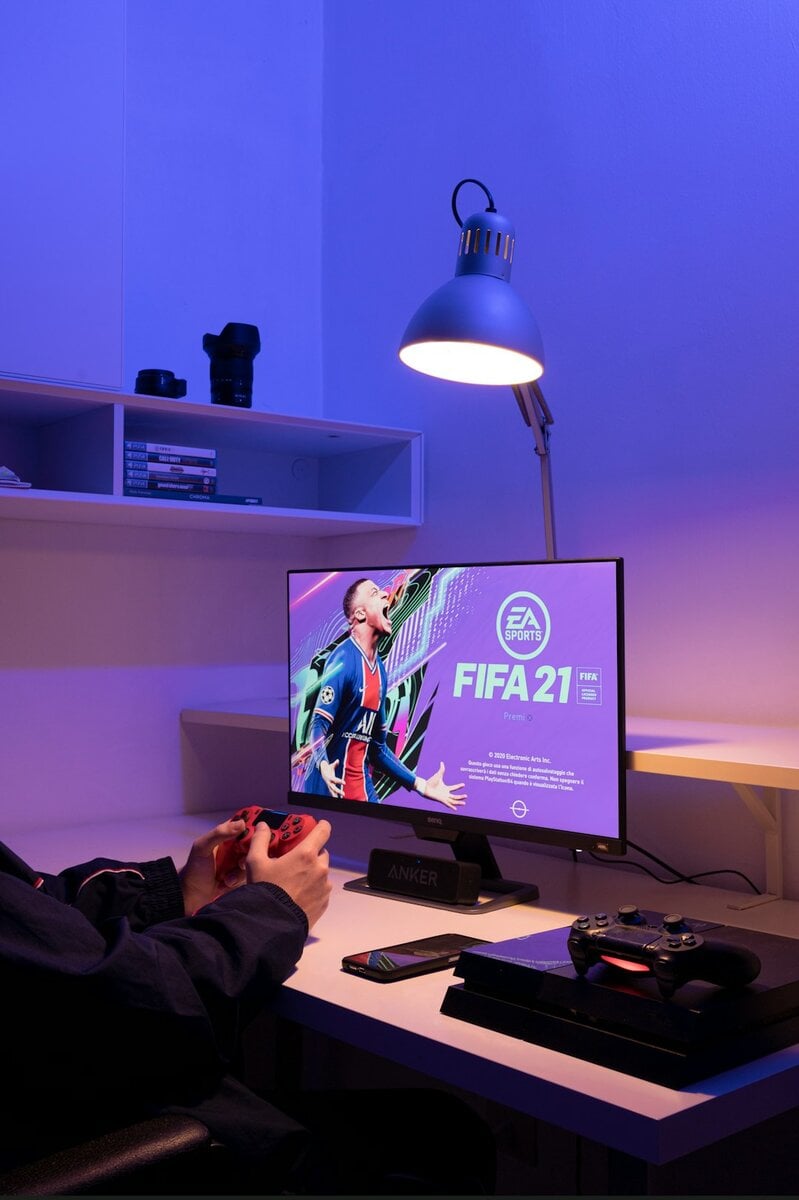When it comes to creating a seamless home entertainment experience, remote controls have always played a crucial role. As technology evolves and consumers demand more user-friendly devices, one essential feature that’s becoming increasingly popular is backlit keys. Especially beneficial during nighttime viewing, backlit remote controls offer a significant usability improvement, eliminating the frustration of fumbling with buttons in the dark. In this article, we examine the importance, advantages, and considerations for choosing remotes with backlit keys, and why they are fast becoming a standard feature in modern households.
Understanding Backlit Key Technology
Backlit keys involve a lighting system that illuminates the remote control’s buttons, making them easily visible in low-light or dark environments. The concept is simple but highly effective. These remotes typically use small LED lights beneath or around the buttons, which can activate automatically through ambient light sensors or manually with a touch or motion sensor.
There are three main types of backlighting technologies:
- LED Backlighting: Offers even illumination and is energy-efficient.
- Electroluminescent Lighting: Known for its long lifespan and smooth brightness.
- Motion-Activated Lighting: Lights up when the remote is picked up or moved.
This added illumination makes it easier for users of all ages and technical skill levels to operate TVs, soundbars, streaming devices, and other home theater equipment without needing external light sources.
Why Nighttime Usability Matters
Home entertainment use often peaks during the evening hours. Whether it’s watching a movie with the lights off, gaming in a dimly lit room, or adjusting the volume during a late-night binge-watch session, the lack of lighting can quickly become a usability issue. Without backlit keys, users may find it difficult to:
- Identify individual buttons accurately
- Navigate complex remotes with multiple functions
- Avoid accidentally pressing the wrong button
These problems can lead to frustration and disrupt the experience, particularly for older adults or individuals with visual impairments.

A device’s usability should not be compromised by environmental lighting conditions, particularly for something as fundamental as a remote control. Many consumers seek convenience in technology—and in this way, backlit remotes represent a tangible, user-centric improvement.
Key Benefits of Remotes With Backlighting
1. Improved Visibility in Low Light
Perhaps the most obvious benefit is better visibility in dark environments. Whether watching TV in a completely dark room or navigating settings during a late-night session, backlit buttons make this task easier and error-free.
2. Enhanced Aesthetics and Design
Backlighting not only improves functionality but also adds a modern, sleek appearance to the remote. Many premium models complement the high-tech designs of the TVs and media systems they control.
3. Convenience and Accessibility
Users don’t have to rely on phone flashlights or switch on a lamp in the middle of a viewing session. For those with vision challenges or aging eyesight, the contrast provided by backlit keys significantly enhances ease of use.
4. User Satisfaction and Fewer Interruptions
Simple conveniences like backlit keys can dramatically improve user satisfaction. By reducing the time spent trying to locate and press buttons in darkness, viewing sessions become smoother and uninterrupted.
Automatic vs Manual Backlighting
Not all backlit remotes are created equal. One of the distinguishing features among various models is whether the lighting activates automatically or manually.
Automatic Backlighting: These remotes use sensors to detect ambient brightness or motion. When the sensor notices a dark environment or movement, the backlight activates automatically. This is an ideal option for seamless, hands-free operation.
Manual Backlighting: Requires a button push or other input to turn on the lights. Although still helpful, this type means the user has to actively engage a separate function to access lighting features.
Consumers should consider which configuration best fits their habits and preferences. For those frequently watching in the dark, automatic sensor-based remotes may offer a superior experience.
Power Considerations
One common concern about backlit remotes is battery life. Naturally, any lighting system consumes additional power and may slightly reduce overall battery performance. However, thanks to energy-efficient LEDs and intelligent activation systems like automatic shutoff timers or idle detection, modern remotes are increasingly power-conscious.
Some premium universal remotes, such as those from Logitech or high-end streaming brands, even offer rechargeable battery packs with USB or docking station charging, effectively offsetting the added consumption from lighting features.
Compatibility and Integration
As the demand for smart home integration grows, users want a remote that not only controls the TV but also sound systems, streaming boxes, and lighting systems. Fortunately, many backlit remotes now include smart home control capabilities in addition to traditional functions.
Key compatibility features users often look for include:
- Infrared (IR) and Bluetooth support
- App integration for remote programming
- Voice control via platforms like Alexa or Google Assistant
If a remote with backlit keys can double as a smart home controller, it adds layers of convenience and functionality far beyond basic TV use.
Choosing the Right Model
Shoppers looking to upgrade should evaluate remote models based on a few key criteria:
- Lighting Type: LED or electroluminescent?
- Activation Method: Motion sensor or manual button?
- Battery Life: Rechargeable or disposable?
- Device Support: Number and types of devices supported
- Price: Balance of features vs. cost

Even some budget remotes now offer decent backlighting, but consumers should be cautious about overly cheap options. A poorly constructed backlit remote may feature uneven lighting, delayed response times, or excessive battery drain.
Future Trends and Innovations
As home automation technology continues to evolve, remotes are also seeing significant innovation. Expect to see features like customizable backlight color, adaptive brightness controls, and haptic touch surfaces integrated into future iterations. Some tech firms are already exploring solar-powered or kinetic energy remotes, further refining energy efficiency even with lighting features included.
Remote-less control options—such as smartphone apps and voice commands—are emerging, but physical remotes remain indispensable to many consumers. As long as handheld controls are in active use, features like backlit keys will retain their relevance and demand.
Conclusion
As trivial as it may seem at first glance, the addition of backlit keys to remote controls addresses a very real need in the realm of nighttime usability. For millions of users who prefer watching TV or using smart devices in low light, this feature greatly enhances operational ease and enjoyment. Whether through simple motion-lit remotes or advanced multi-device controllers with intelligent lighting, backlit keys represent the convergence of ergonomic design and technological enhancement.
In a market where convenience, aesthetics, and performance often dictate purchase decisions, a remote with well-designed, intuitive backlit keys is both a practical and valuable investment. As nighttime usability becomes an increasingly important factor for consumers, this once-luxury feature is fast becoming an essential—and permanent—fixture in home entertainment systems.

